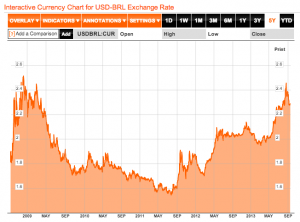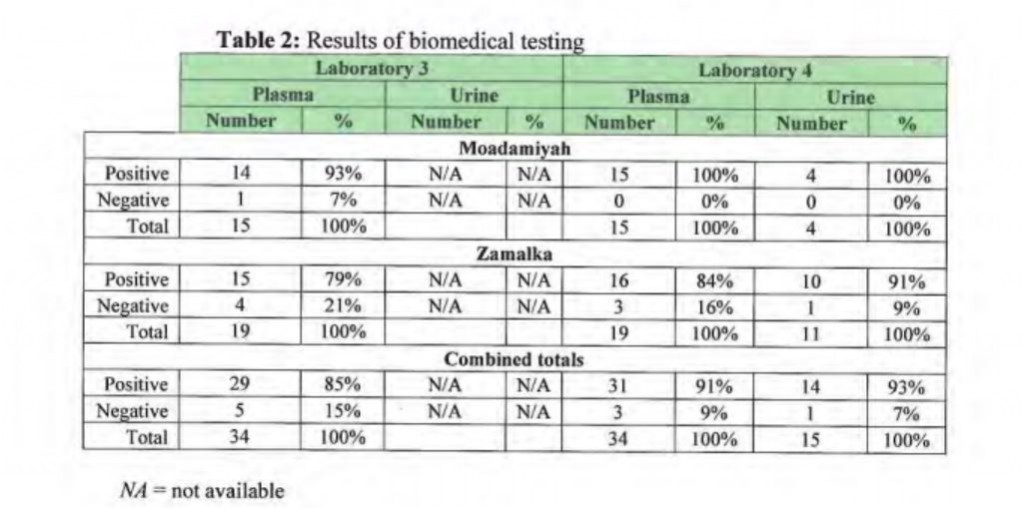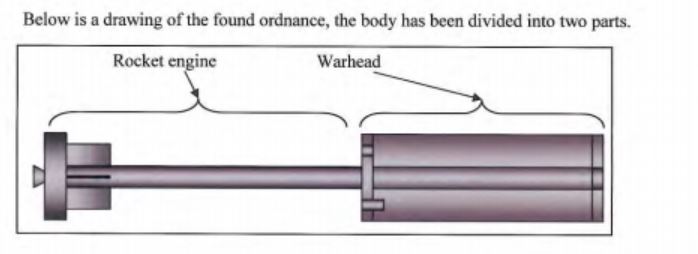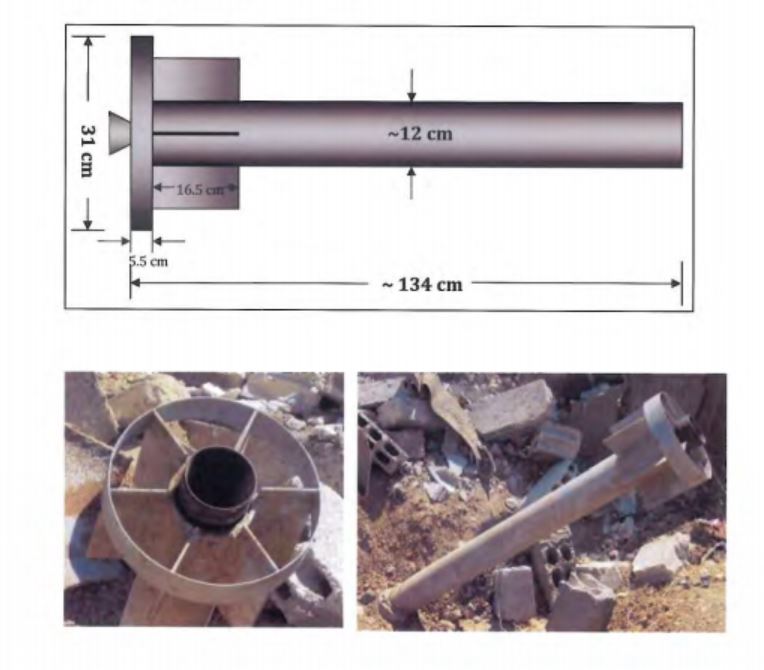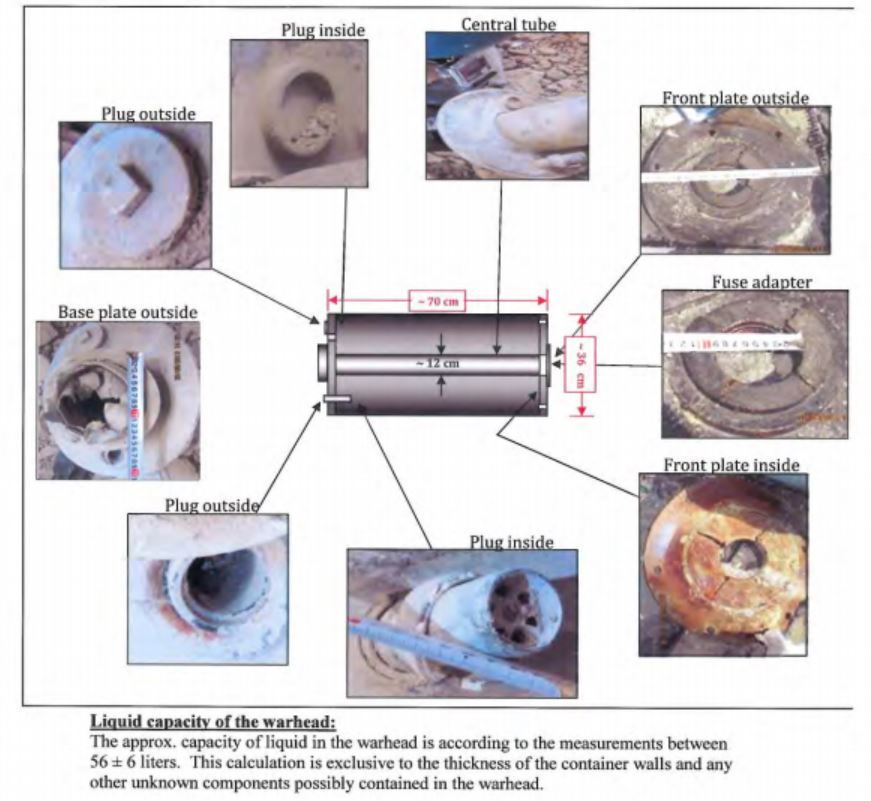Is Lindsey Graham the Weakest Politician in the United States?
Apparently with the blessing of Supreme Leader Ayatollah Ali Khamenei, Iranian President Hassan Rouhani is taking huge and significant steps toward a thawing of relations with the West while also moving to lessen the grip of hard line positions within Iran.
Rouhani and US President Barack Obama have been exchanging letters that seem to have paved the way for further discussions and improved negotiations on the issue of Iranian nuclear technology. Iran released a number of political prisoners on Wednesday. Iran also appears headed toward another round of P5+1 talks, with the date to be arranged while diplomats are in New York next week for Rouhani to address the UN. The diplomatic push reached a high point on Wednesday when Rouhani sat down in Tehran for an interview with NBC’s Ann Curry:
[youtuber youtube=’http://www.youtube.com/watch?v=DefgX2xPJR4′]
The entire interview in this clip is compelling, but I want to emphasize one bit that occurs near the end once the discussion moved to Syria. From the NBC blog post where the interview video is posted:
Asked whether he thought Obama looked weak when he backed off the air-strike threat, Rouhani replied, “We consider war a weakness. Any government or administration that decides to wage a war, we consider a weakness. And any government that decides on peace, we look on it with respect to peace.”
What a different viewpoint than we see inside the DC beltway. Throughout the entire Syria episode, we have been bombarded with the refrain that Obama simply had to attack Syria because if he didn’t, he would lose his credibility and look weak. Rouhani, on the other hand, states that it is resorting to war that is the real weakness.
If going to war is the real weakness, then it appears that Lindsey Graham may want to be the weakest politician in the US:
Sen. Lindsey Graham (R-S.C.) said Tuesday he’s working on legislation that would give the president the green light to attack Iran if negotiations over the country’s alleged nuclear weapons program stall.
Graham is clearly approaching the issue from a very different side than Rouhani.
Who’s weak now, Lindsey?
Rouhani and Khamenei are taking steps to tell the “weaker” elements on their side to STFU:
On Monday, the new president said the Revolutionary Guards — who report to Khamenei and have been accused of backing hard-liners — should stay out of politics. The next day, Khamenei was quoted on state TV as saying, “It is not necessary for the Guards to have activities in the political field.”
If only Lindsey would show a little bit of strength and bite his tongue while diplomacy has its best chance in years.

